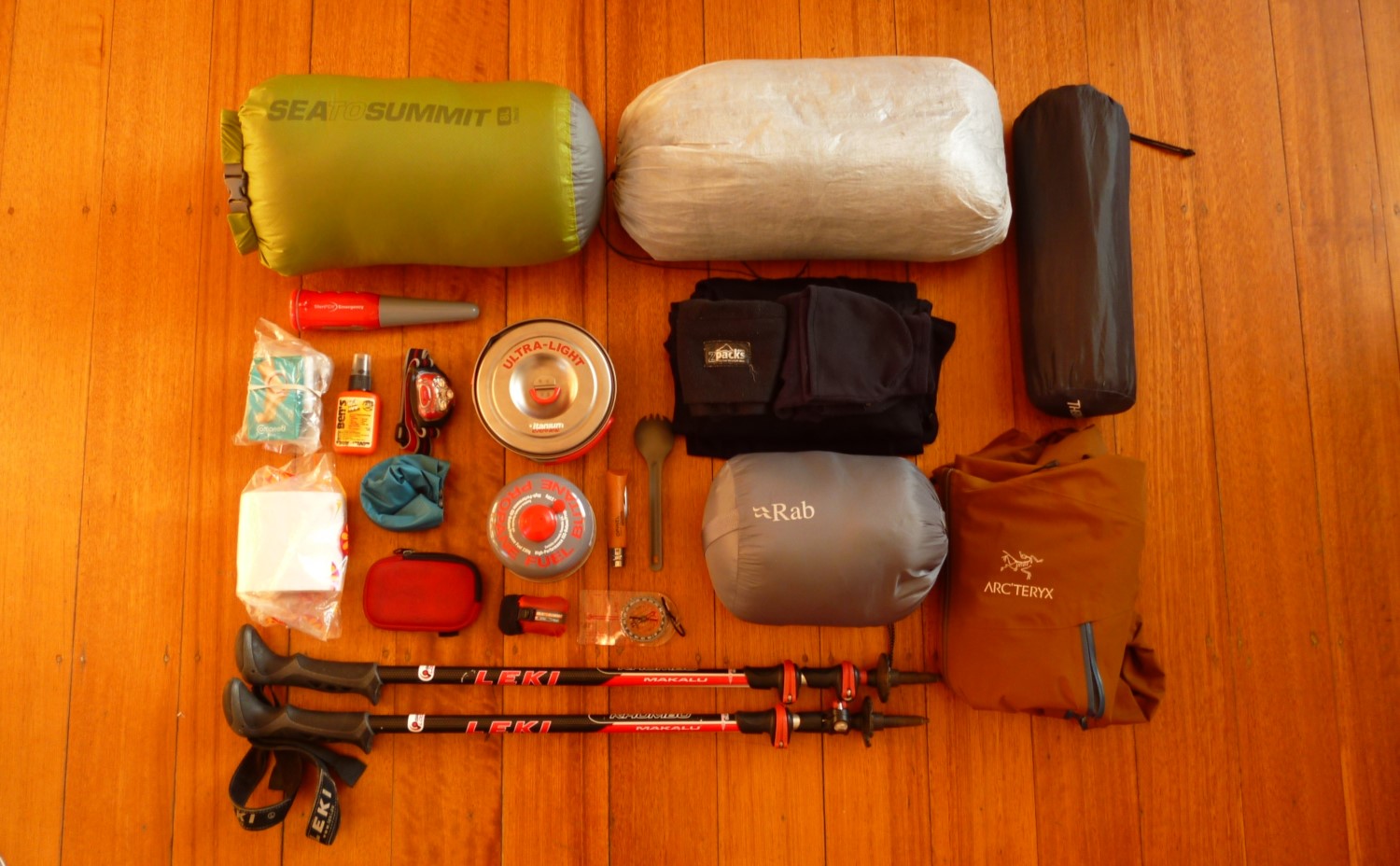Best Inflatable Paddle Boards of 2023
JUMP TO: RED PADDLE RIDE / PAU HANA SOLO SUP BACKCOUNTRY / HALA CARBON STRAIGHT UP / ISLE EXPLORER / IROCKER BLACKFIN MODEL X / BLUEFIN CRUISE CARBON / ATOLL 11 / BUYING ADVICE
The Short Version
Best Overall: Red Paddle Ride
Best for Hiking & Portaging: Pau Hana Solo SUP Backcountry
Best for Rigidity: Hala Carbon Straight Up
Best for Touring: Isle Explorer
Best for Stability: iRocker Blackfin Model X
Best Convertible: Bluefin Cruise Carbon
Best on a Budget: Atoll 11
The Long Version
On a recent road trip, I had to turn the car around after a few miles to take my board off the roof. We had an issue with the rooftop system and I didn’t have the time or patience to figure out how to fix the problem. So instead of bringing my board on a trip that would take me to the best surfing spots and most gorgeous lakes in Maine, I was forced to leave it at home and travel north empty handed.
Nobody wants to ditch their paddle board for a trip where they’re intentionally surrounding themselves with so many bodies of water just because of an issue with the roof rack or ties.
It’s one reason every stand-up paddle boarder should make sure they add an inflatable paddle board to their quiver.
While there are inflatable SUPs designed specifically for surfing or touring, most people that are investing in an inflatable should get themselves a solid all-around board that can be used on placid lakes, bumpy rivers, and in small surf.
In this review we look at the best inflatable stand up paddle boards (SUPs), focusing on those that are suitable for all-around use. All the boards listed below are paddle boarding’s equivalent of the multi-tool: they pack down small and they have a variety of uses.
Most boards typically come with fins, a pump, a rolling bag, and a repair kit. The boards themselves are equipped with D-rings and bungee tie-down systems, which allow paddlers to transport gear, carrying handles to make schlepping it easier, and traction pads to keep you in place. Extras or unique inclusions will be noted below.
If you love reading this review of the best inflatable paddle boards, then you'll likely love reading some of our other gear review pages:
Need To Know What To Look Out For?
Paddles, pumps, d-rings, and leashes. There is plenty to look out for when purchasing your iSUP, so be sure to check out our buying advice at the bottom of the article.
Best Overall: RED PADDLE RIDE
DIMENSIONS (LxWxD): 10’ 6” x 32” x 4.7”
WEIGHT OF BOARD: 22 lbs
PRICE: $$$
PROS: A true all-arounder, a carrying bag that can be carried or wheeled, good deck grip
CONS: The fins are attached, which limits options
Among all of Red Paddle’s boards, Ride is its most versatile, offering all the components you’d want in an all-arounder like stability, glide, and maneuverability.
It’s the right size for cruising on placid lakes and has just enough rocker to drop into small ocean waves. Plus, the deck pad is comfortable and really helps to improve grip, especially in the surf.
The carrying bag is slim enough to justify wearing it as a backpack. But it also comes equipped with the standard wheels of most board bags. It has a foil lining inside to keep the board cooler in hotter climates or a stuffy attic.
The Ride comes with a solid leash and a pump that takes away some of the stress of putting air into it. And with three carrying handles, you can lug the board on your own or enlist a friend and each take one end.
Due to the lighter nature of the board, it begins to max out on rider weight once you tip the scales above 200 lbs. But if you fall under that, then the Red Paddle Ride is a solid choice for an all-rounder SUP.
Best for Hiking & Portaging: PAU HANA SOLO SUP BACKCOUNTRY
DIMENSIONS (LxWxD): 10’ 10” x 30” x 6”
WEIGHT OF BOARD: 14.8 lbs
PRICE: $$$
PROS: Lightweight, packs small, exceptional for hikers wanting to paddle at remote destinations or urbanites with little room to store a board
CONS: Having a paddle that comes with the board is nice, but the plastic ring holding the rollable blade in place broke easily, as did the shaft of the paddle when paddling in the surf
If you’ve ever hiked to some remote lake and wished you had a paddle board with you, then the Pau Hana Solo SUP Backcountry might be the companion for your next trip. At 23 pounds—the board itself is just under 15 pounds—Pau Hana’s Solo SUP Backcountry is perfect for adventurers on a long hike or portage.
It’s also the perfect size for those who have limited storage at home, as the board and bag are nearly half the size of most inflatables on the market.
The board comes in a dry bag backpack with a harness so that it can stay tight to your frame on a hike. The harness detaches, allowing you to pack the board more efficiently in a closet or on a bike. Being able to remove all fins helped with rollability and protects the board against damage when stowed. Included in the set are a leash, as well as a paddle with a soft rollable blade. Plus, the bag’s design respects that hikers need more gear than just a SUP, so it includes compartments to store trekking essentials that can remain in the dry bag when it’s time to start paddling.
While the specifications state the Solo SUP is best for a maximum weight of 215 pounds, the board handled well with close to 300 lbs on it. The board had solid glide, good maneuverability, and great rigidity – which is all incredible considering its size.
Best for Rigidity: HALA CARBON STRAIGHT UP
DIMENSIONS (LxWxD): 10’ 6” x 32” x 6”
WEIGHT OF BOARD: 24 lbs
PRICE: $$$
PROS: Rigid, an inflatable that can work in calm surf, very maneuverable
CONS: Doesn’t handle the chop and winds so well
Thanks to a Carbon Stringer technology running the length of the board, the Hala Carbon Straight Up is straight up rigid.
It’s slightly smaller dimensions and stomp pad make the board more maneuverable in waves and in rapids, but it’s also a bit less stable when the seas or rivers get rough.
With a slightly raised stomp pad, a three-fin system, and the rigidity from the stringer, the Hala Carbon Straight Up has the potential to perform in the surf for lighter riders or on really small days for those packing a couple of extra pounds.
In addition to the usual gear, the board comes with an adjustable carbon paddle and removable fins. Unlike most other boards, the inflation valve is on the nose, which makes it easier to deflate when rolling up and storing. It’s also narrower up front, which helps with glide.
Best for Touring: ISLE EXPLORER
DIMENSIONS: 11’ 6” x 32” x 6”
WEIGHT OF BOARD: 24 lbs
PRICE: $$
PROS: Numerous D-rings and bungees to tie down extra gear, a good option for fishing, affordable price point
CONS: Lacks the glide and maneuverability of some of the higher priced boards
The Isle Explorer’s kit includes the usual, from pump to bag, as well as a leash and three-piece paddle.
The Isle Explorer’s touring shape makes it stable and allows the board to live up to its name. While it works best in flatter, wide open waters, the board can also handle gentler river trips, as it does well in chop. The Isle Explorer loses some speed in rougher conditions.
The board has excellent storage capabilities and a strong construction perfect for people who just want to paddle or fish. All in all, it’s a solid board sitting at a very reasonable price point.
Best Convertible: BLUEFIN CRUISE CARBON
DIMENSIONS (LxWxD): 10’ 8” x 32’ x 6”
WEIGHT OF BOARD: 28 lbs
PRICE: $$
PROS: Very affordable, a great option for paddle boarders who also want to kayak, holds lots of pressure
CONS: It’s heavier and cumbersome, yet the added weight of the board doesn’t really hold a heavier rider
The Bluefin Cruise Carbon boards are not only convertible – allowing riders to transform their SUP into a kayak – but the thick carbon-reinforced construction can permit up to 28 PSI, making it all the more rigid.
At about USD $900 for the 10’ 8” length, it’s a hard price to beat for a carbon SUP. There’s also a 12-foot length for larger riders and a 15-foot model for those who want to paddle tandem, for an additional cost of course.
Transforming the board into a kayak is simple, as there’s a padded seat that connects to D-rings and the Bluefin’s paddle handle can be switched out for a second paddle blade appropriate for kayaking. All paddle parts are included in the package. While the included paddle works fine for the kayak, it feels too flexible as a SUP paddle – especially when racing to catch a wave.
The board also features a kick pad that helps with turning and it comes with a leash. Whether it’s an inflatable paddle board or kayak, the Bluefin Cruise Carbon glides like a fish in smooth waters.
However, it is a heavier board and, with all the extra gear, packing the thing back up can be a bit of a process. Regardless, the versatility of the board and its construction makes it an excellent two-in-one for a person who wants to slim down their quiver.
Best for Stability: IROCKER BLACKFIN MODEL X
DIMENSIONS (LxWxD): 10’6” x 35” x 6”
WEIGHT OF BOARD: 27 lbs
PRICE: $$ / $$$
PROS: Super stable, triple-action hand pump, carbon rails for extra stiffness
CONS: Heavier than most
The iRocker Blackfin Model X owes its rigidity and stability to carbon fiber rails, three layers of composite PVC construction, and its three-fin system. Nonetheless it’s also quite maneuverable.
The board is great for all levels of paddlers, family paddle sessions, and fishermen who need to bring along a ton of gear thanks to numerous D-rings encircling the board.
Three removable fins, a carbon matte paddle with a nylon blade, and a leash are all included, along with a hand pump that’s triple-action, improving efficiency.
Plus, the Blackfin Model X is also the only iRocker SUP that’s compatible with iRocker’s fishing rack for storing rods and other gear, and their sand spear for anchoring. Pretty handy for those planning to get out fishing on their SUP!
Best on a Budget: ATOLL 11
DIMENSIONS (LxWxD): 11’ x 32’’ x 6”
WEIGHT OF BOARD: 21 lbs
PRICE: $$
PROS: A solid paddle, recommended for riders up to 400 lbs (but tested to handle even more weight), consistent across the board
CONS: Less rocker in the nose affects maneuverability
When looking at stability, performance, and maneuverability, the Atoll 11 performs well in all categories. And given its slightly lower price point, that makes it great value in our eyes.
The fact that it includes a great paddle and leash makes the deal even sweeter. Compared to most other packages that include a paddle, the Atoll 11’s paddle is one of the best included paddles on the market.
The board has plenty of D-rings and a high weight capacity that make it suitable for towing a small party on board. This makes it great for parents that want to gondolier a few small kids, or a fisherman bringing along a cooler, tackle boxes, and other gear.
With limited nose rocker, this is definitely not a board for the ocean. But if you are planning to use it on calmer water then the Atoll 11 is a very reasonable buy.
BUYING ADVICE FOR INFLATABLE PADDLE BOARDS
Should I go inflatable or rigid?
Inflatable stand up paddle boards handle wonderfully in most conditions, but in the surf, there’s a noticeable difference between even the best inflatables on this list and rigid boards. If you’re looking for a board specifically for the surf, it might be worth going with a rigid board. But if you’re looking for an all-around board, especially for use in calmer waters, inflatable SUPs are a wonderful option.
Packability
One of the key reasons for buying an inflatable SUP is that it’s able to pack down small enough to fit in the car, preventing you from having to futz around with roof racks and roof ties! It’s also wonderful being able to slip the bagged board into a garage or closet.
But most inflatable SUPs will still take up a considerable amount of space in a car or closet. So the next time you pack the car for travel, you might want to measure out the empty space and see if the SUP you have your eye on can slip in there without too much effort.
Dimensions
LENGTH: The appropriate length for your SUP is likely to depend on your use case. Longer boards typically move quicker for those who want to go touring. Shorter boards have more maneuverability and are more responsive in the surf or rapids.
WIDTH: The width of your SUP will affect its stability and maneuverability. If you want to fish on your SUP, do yoga, or tow around the kids, you might want a wider board. Though the wider you go, the slower it will move.
THICKNESS: Most inflatable SUPs max out at 6 inches thick. Any thicker and it’ll be harder to carry, more difficult to inflate, and less rigid.
Warranty
While the iSUPs (i.e. inflatable SUPs) on this list all have solid construction, price is largely connected with the strength, performance, and layers of material.
But while it might be wise to spend a bit more to get a better constructed board, materials are not the only consideration. Most boards come with a warranty, and you should definitely consider the length of the warranty when choosing a board for purchase.
A board that uses cheaper or less materials might have a longer warranty. Having the longer warranty might sweeten the appeal of buying a cheaper board as compared to buying a more expensive board with a warranty that ends after a year or two.
In the end, these are inflatable devices, and like thick car tires, they can get punctured if they hit a sharp piece of rock or reef.
Additional features
PADDLES: Sometimes it’s best to buy parts separately, especially paddles. Most of the SUPs that include a paddle are including an inferior paddle. Many are flimsy and can’t handle the force applied to it if you’re trying to displace water fast. If you’re comparing two boards at a similar price point, the one that includes the paddle shouldn’t necessarily seal the deal. If you are looking to buy a separate paddle, look for one that is fixed or has a strong locking mechanism, and lightweight.
PUMPS: Most inflatable SUPs include a pump. Double-action pumps do the trick, but it does get a bit tiring, making electric pumps a good device to acquire in order to conserve energy.
D-RINGS: The more you have, the more you’ll be able to tie down. But if you’re not fishing or transporting gear, you won’t need many.
LEASHES: Definitely necessary if you’re surfing, riding rapids, or not very confident in the water.
CARRYING HANDLES: These are always nice, but because you’re using an inflatable and can pump it up close to the water, you don’t need to pay too much mind to these handles.
MORE INFORMATION
If you loved this gear review article, then you'll likely love reading our other gear-fiend related articles:





















